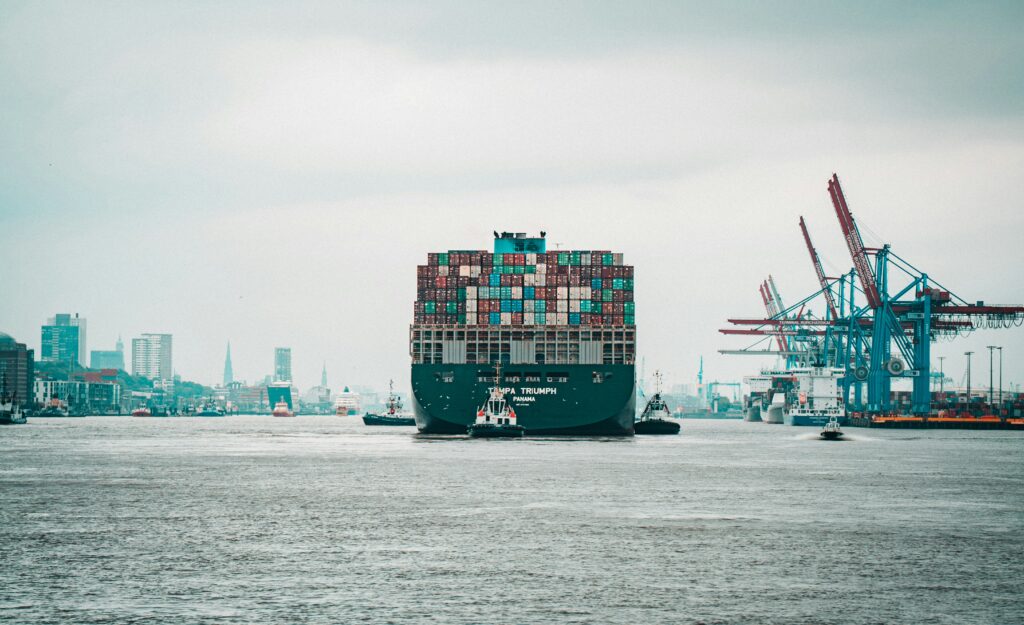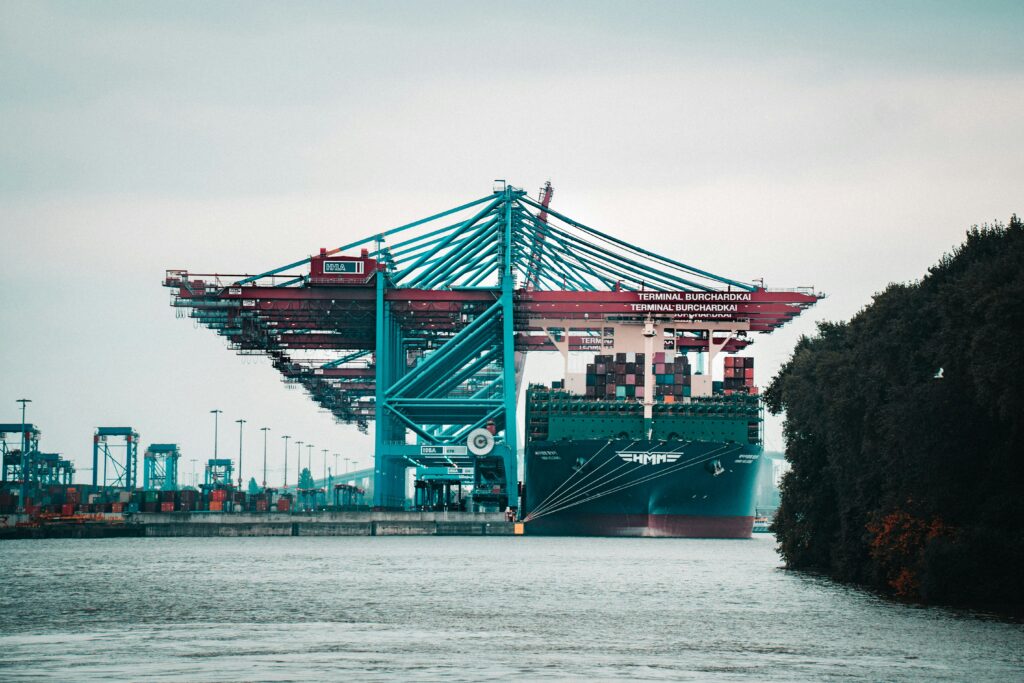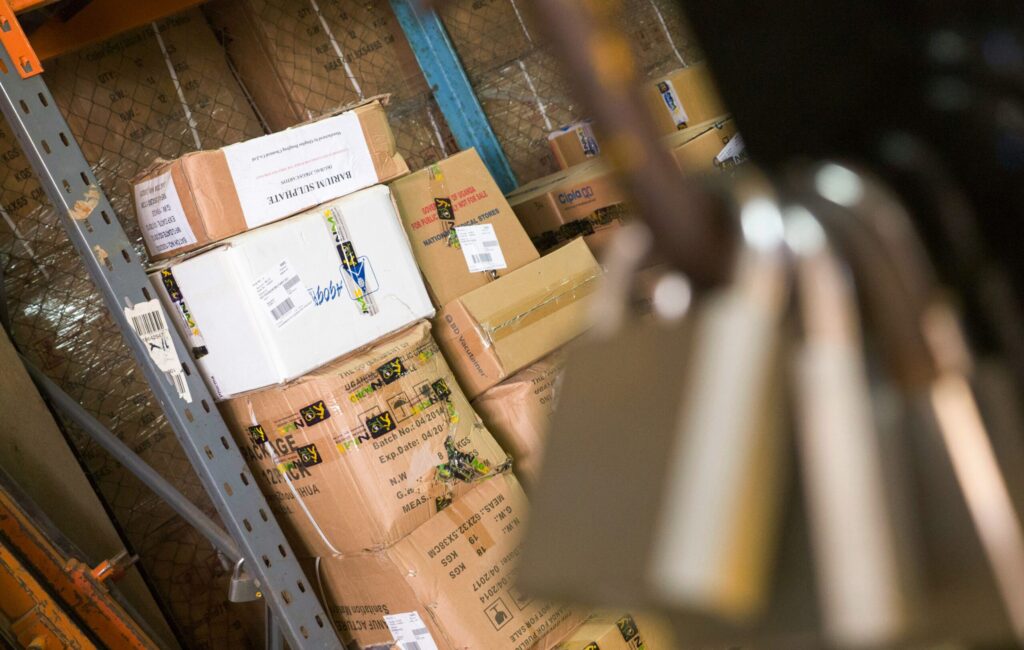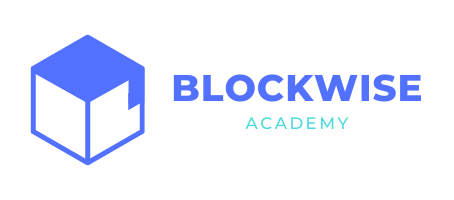BlockWise
- 05 Jan, 2023
- 0 Comments
- 6 Mins Read
Bridging Worlds: The Future Convergence of DeFi and Traditional Finance
In the ever-evolving landscape of finance, the rise of decentralized finance (DeFi) marks a significant paradigm shift. Offering an alternative to traditional financial systems, DeFi has grown exponentially, fueled by its promise of open access, transparency, and innovation. Yet, as it stands, DeFi and traditional finance occupy largely separate spheres, each with its unique strengths and limitations. This article delves into the future interplay between DeFi and traditional finance, exploring how these two worlds can converge to redefine the financial ecosystem.

Understanding DeFi and Traditional Finance
What is DeFi?:
DeFi, or decentralized finance, is a blockchain-based form of finance that does not rely on central financial intermediaries such as brokerages, exchanges, or banks to offer traditional financial instruments. Instead, it utilizes smart contracts on blockchains, the most common being Ethereum. DeFi platforms aim to democratize finance by enabling people to lend, borrow, and bank without the need for a central authority, offering greater accessibility and, potentially, more attractive returns compared to traditional banking.
Traditional Finance:
Traditional finance (TradFi) encompasses the established financial system, including banks, stock markets, and insurance companies, governed by a regulatory framework and intermediaries. It operates on centralization, with institutions acting as the gatekeepers of financial transactions and services. While this traditional system offers stability, security, and trust, it often involves higher fees, slower processes, and barriers to access for underserved populations.
Contrasting Philosophies:
The core philosophy of DeFi challenges the centralized approach of traditional finance, advocating for a system where financial transactions are transparent, peer-to-peer, and accessible to anyone with an internet connection. On the other hand, traditional finance focuses on regulation, security, and the mitigation of financial risk through central oversight. These differing philosophies highlight the potential for tension but also for complementary strengths in integrating DeFi with traditional finance.

Current Interactions between DeFi and Traditional Finance
While the worlds of DeFi and traditional finance have been distinct, there are growing examples of their interaction. Institutions have begun exploring blockchain technology to enhance efficiency, transparency, and security. For instance, J.P. Morgan’s Onyx platform represents a significant foray into using blockchain for intrabank and interbank settlements, indicating a growing recognition of blockchain’s potential benefits within the traditional financial sector .
Notable Collaborations
DWS and Galaxy with Flow Traders: A standout development is the collaboration between DWS, a global asset manager, and crypto firm Galaxy, alongside trading specialist Flow Traders, to introduce a stablecoin. This partnership illustrates the willingness of traditional financial institutions to engage directly with the blockchain and cryptocurrency sectors to offer innovative solutions (Read More Here).
St. Galler Kantonalbank and AMINA Bank: In Switzerland, St. Galler Kantonalbank’s partnership with AMINA Bank (formerly known as SEBA Bank) to launch crypto custody and trading services represents a significant step towards mainstream adoption of crypto services by traditional banks. Such services enable customers of traditional banks to access cryptocurrencies in a regulated and familiar environment (Read More Here).
Raiffeisen Bank and Bitpanda: Another notable example is Austria’s Raiffeisen Bank preparing to offer crypto trading to retail customers through a collaboration with crypto platform Bitpanda. This move highlights the increasing interest from traditional banks in providing crypto-related services, leveraging the expertise and technological infrastructure of established crypto platforms (Read More Here).

Benefits of a Closer Interplay
For the Financial Industry:
Integrating DeFi with traditional finance can lead to a more robust financial ecosystem characterized by lowered transaction costs, improved financial inclusion, and enhanced transparency. DeFi’s decentralized nature eliminates the need for intermediaries, reducing transaction fees significantly. This efficiency gain not only benefits end-users but also fosters a more competitive and innovative financial environment. For instance, the transparency inherent in blockchain technology provides an immutable and clear record of transactions, enhancing trust among participants.
For Consumers and Businesses:
Consumers and businesses stand to benefit immensely from the closer interplay between DeFi and traditional finance. Improved access to financial services, particularly for those previously marginalized or underserved by traditional banking systems, is a key advantage. DeFi’s global reach and internet-based operations enable broader access to financial services, empowering individuals and businesses in remote or underdeveloped regions.
For Innovation and Financial Inclusion:
The integration of DeFi into traditional finance is a catalyst for unprecedented innovation and financial inclusion. For example, tokenization is set to be a major trend, potentially leading to the on-chain presence of a wide array of assets, from bonds and stocks to real estate. This not only enhances liquidity and reduces transaction costs but also opens new avenues for DeFi protocol designs.

Challenges and Considerations
Despite the promising outlook, several challenges loom on the horizon. Regulatory hurdles are at the forefront, with the decentralized nature of DeFi clashing with traditional finance’s regulated environment. Ensuring compliance while preserving the benefits of decentralization is a complex balance to strike.
Regulatory Hurdles:
The regulatory landscape for DeFi remains a complex and evolving field. The International Organization of Securities Commissions (IOSCO) has outlined recommendations aimed at aligning DeFi products and services with the regulatory standards applicable to traditional financial markets. This includes ensuring investor and customer protection, addressing conflicts of interest, and enhancing disclosures. However, the decentralized and borderless nature of DeFi complicates regulatory oversight, with issues such as identifying jurisdiction, consumer protection, and anti-money laundering (AML) presenting significant challenges. In the United States, multiple federal authorities, including the Department of Justice and the SEC, have jurisdiction over aspects of DeFi, highlighting the fragmented regulatory environment DeFi operates within.
Risk Management in DeFi:
DeFi’s open and permissionless nature has made it prone to various risks, including operational vulnerabilities and liquidity mismatches. The Financial Stability Board (FSB) has noted that while DeFi and traditional finance perform similar functions, DeFi’s unique features might lead to vulnerabilities manifesting differently, potentially leading to significant financial stability concerns if DeFi’s interlinkages with traditional finance and the real economy grow.
Consumer Protection and Education:
As these two worlds merge, educating consumers on the risks and rewards of DeFi becomes crucial. Ensuring that users understand the nuances of decentralized financial products is essential for their protection and for fostering trust in these new services. The Bank of Canada has already emphasized the need for addressing the regulatory challenges posed by DeFi, including the higher concentration of interconnection within the ecosystem and its dependence on the unregulated centralized finance ecosystem. The SEC have also expressed their concerns over the lack of transparency in DeFi investing, where professional investors often have outsized returns compared to retail investors, and argue this further underscores the need for clearer regulations and consumer education to ensure fair and equitable market access.

Conclusion
Integrating decentralized finance (DeFi) with traditional finance offers transformative rewards despite its challenges. This fusion promises greater efficiency, accessibility, and innovation, aiming for an inclusive and resilient financial system. As technology advances and regulations evolve, DeFi and traditional finance are set to integrate more smoothly, requiring collaboration and a willingness to blend different financial philosophies. For professionals, adaptability is crucial in this evolving landscape. The future of finance, where DeFi and traditional finance synergize, is poised to address global economic needs effectively, marking a crucial step towards democratizing financial services and shaping a more accessible, efficient financial ecosystem for the 21st century.


